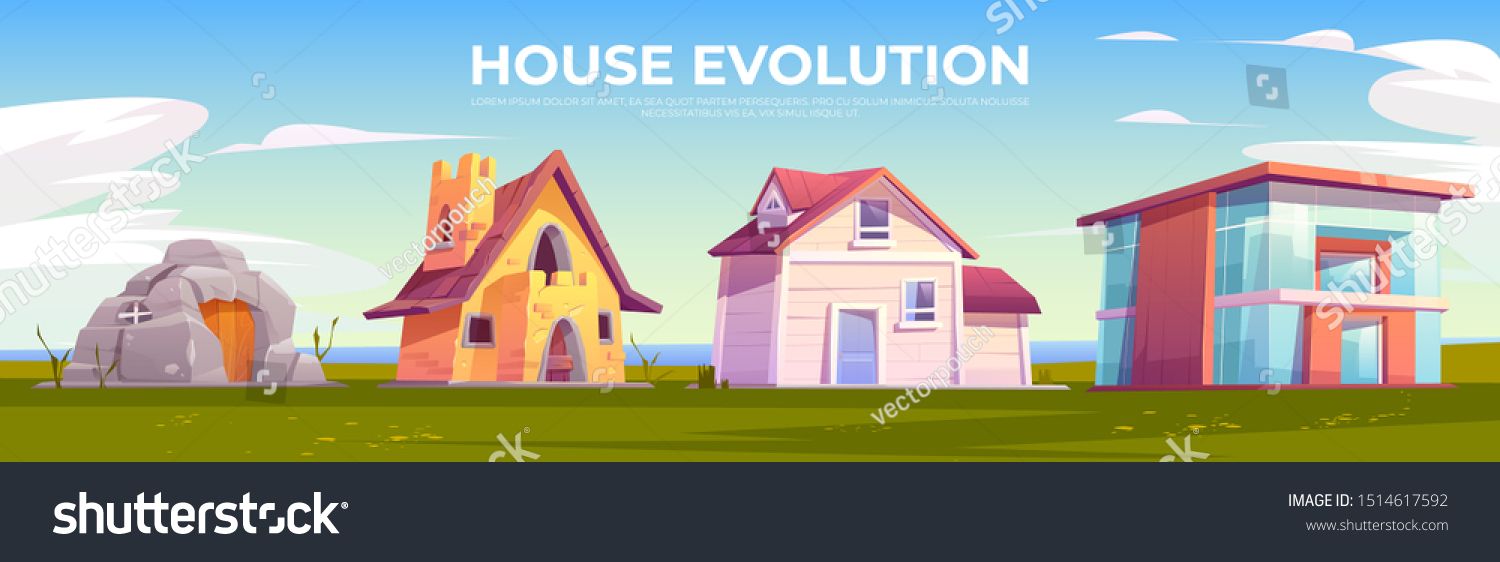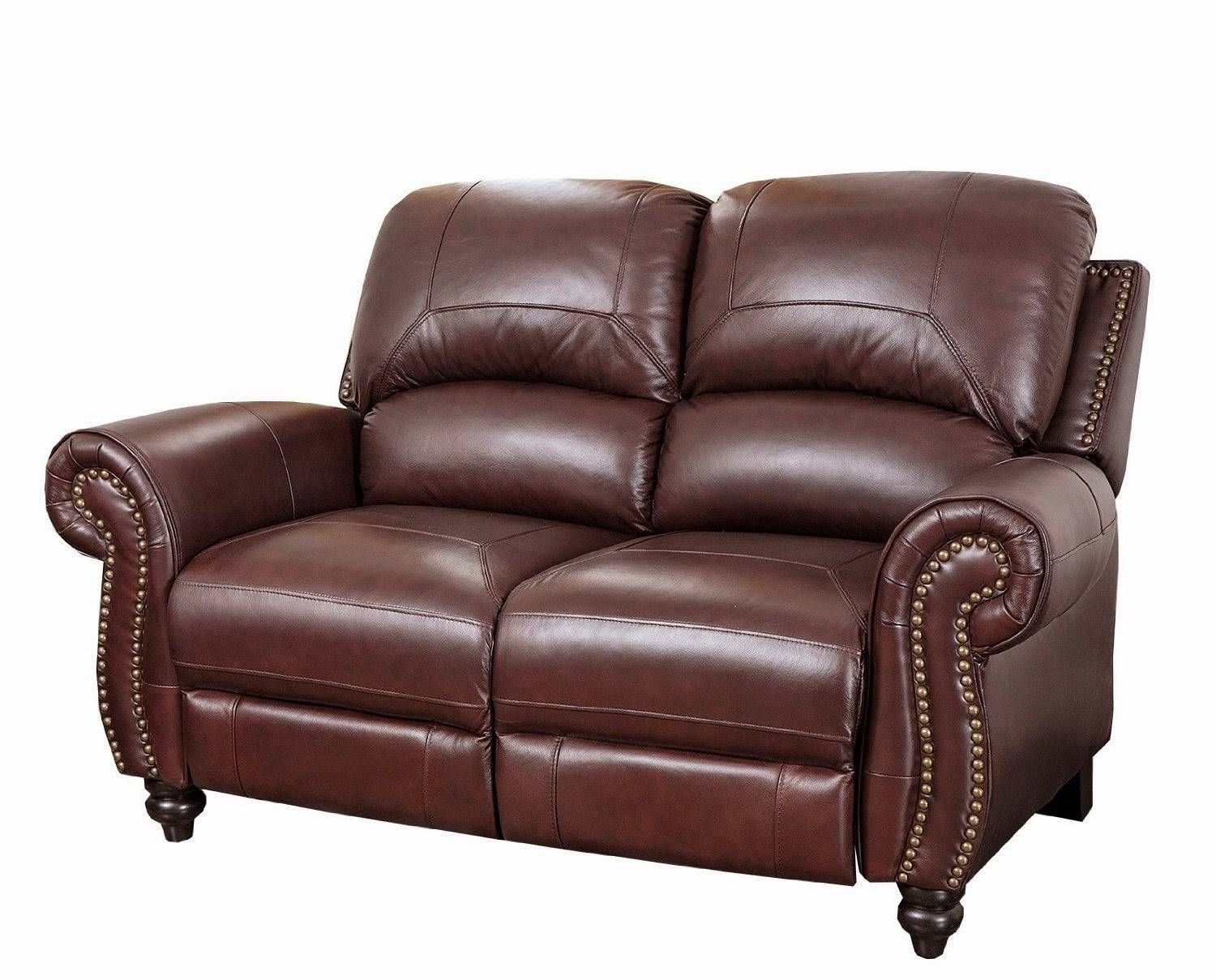Evolution of House Designs
House designs have evolved over time in response to buildings requirements and aesthetic standards. Houses were originally designed to achieve practical outcomes such as providing shelter from the elements, providing privacy, and to withstand harsh weather. However, design considerations often go beyond practicality, and also encompass elements such as style, taste, and personal preferences. From ancient times to modern times, house designs have been shaped by a wide range of influences. Ancient Egyptian architecture, for example, was typically very formal in nature, often incorporating large columns, tall temples, and colorful decorations. On the other hand, traditional American foursquare house designs are usually simply rectangular boxes with hipped roofs and gables, providing for a functional yet comfortable abode. The Second Empire style house, with its vertical lines, balconies, and mansard roof, has become a well-known example of nineteenth century architecture. Shingle style house designs, on the other hand, feature shingles cladding the exterior walls, creating a textured silhouette, while Prairie Style houses are defined by wide, overhanging eaves. Modernist house designs represent a break from traditional architecture, employing flat roofs, straight lines, and open-plan living.
Ancient Egyptian House Designs
Ancient Egyptian house designs were characterized by a formal style that was often monumental in scale. Houses were constructed using mud-brick and stone or brick columns, creating an orderly, symmetrical appearance. Entrances of homes were typically flanked by two large columns and crowned by a lintel to support a triangular pediment. Doorways commonly featured a pair of wooden doors, opening outward from a central pivot point. Interior walls typically featured colorful wall paintings, while floors were made of beaten earth, and stained decorative tiles. Despite their monumental scale, Ancient Egyptian homes were typically cozy and comfortable, often featuring pillared areas for relaxation and sleeping alcoves partitioned off with curtains or screens.
Traditional American Foursquare House Designs
The traditional American foursquare house is a boxy two-story dwelling common in the early twentieth century. Boasting a simple, symmetrical façade, this type of house typically features a hipped roof, with a gable or dormer window in the center. Foursquare houses feature large front porches, usually with a single gable roof, and short steps leading up to the front door. Inside, they are usually foursquare in plan, with central hallways and evenly-sized rooms on either side. The exterior can be clad with lap siding, brick, or stucco, and the foursquare's hipped roof is usually covered in gabled dormer windows.
Second Empire House Designs
The Second Empire style house is defined by its distinctive mansard roof, which appears as a steeply-sloping roof with a flat top. This style of roof creates a greater volume of livable space, as the attic can be easily accessed and used. The Second Empire style house is also characterized by its vertical lines, tall bays and balconies with balustrades, and decorative moldings. This style of house became popularized in the nineteenth century, as part of the Renaissance revival architecture.
Shingle Style House Designs
The Shingle style house is characterized by its distinctive use of exteriors clad with shingles, creating a textured silhouette, as well as its turrets, gables, and porches. This style emerged in the United States in the mid- to late-1800s and was popularized by the work of noted architects such as Henry Hobson Richardson and Charles Eastlake. Inside, shingle style homes are often fashioned with large windows, high ceilings, and open floor plans. Rooms are typically decorated with a mix of eclectic art and antiques, and hardwood flooring was a common choice.
Prairie Style House Designs
Prairie style house designs emerged in the United States in the early twentieth century and were popularized by renowned architect Frank Lloyd Wright. This style was characterized by its horizontal lines, low-pitched roofs with broad overhanging eaves, open floor plans, and large windows and doors that allowed additional natural light to flood the interior. Projecting porches, balconies, and casement windows were more common details of the Prairie style home.
Modernist House Designs
Modernist house designs are typically characterized by flat roofs, asymmetrical forms, and a lack of ornamentation. This style has become increasingly popular in recent years, as it is able to incorporate the best of old and new design elements. Modernist houses are usually constructed using minimal materials, such as steel and concrete, allowing for clean lines and uncluttered spaces. Open floor plans and large windows are also common features of the modernist house.
Deconstructivist House Designs
Deconstructivist house designs place emphasis on unique, non-traditional forms and shapes. This style emerged in the 1980s as a response to the more traditional modernist house designs. Deconstructivist house designs are typically characterized by asymmetry, fragmentary shapes, and non-rectilinear volumes. This house style often incorporates cantilevered or projecting roofs, as well as bay windows and large glass windows.
Hip Roof House Designs
Hip roof house designs feature a roof that has four sides sloping down toward the walls. Typically all four sides of the roof slope at the same pitch, creating a symmetrical look. This style of roof provides greater stability, and is ideal for areas with high wind and snowfall. Hip roof houses can be constructed using a wide range of materials, including wood, steel, and asphalt shingles. The slope of the roof can also change the shape of the house, creating a faceted or rounded shape and creating additional interior living space.
Saltbox House Designs
Saltbox house designs are defined by a roof that has two unequal slopes, typically a long sloping rear roof and a much shorter front roof. This style was popularized in the seventeenth and eighteenth centuries in the American colonies. The name is derived from the resemblance to the shape of a wooden lidded box used for food storage in the colonial era. This style of house typically features a central chimney, two short stories, and a central door. The exterior walls can be constructed using a variety of materials, such as clapboard, brick, or stone.
Ranch Style House Designs
Ranch style house designs are typically single-story homes with long, low-pitched gabled or hipped roofs. This style of house became popular in the 1950s and 1960s in the United States and is characterized by wide open floor plans with little ornamentation. Ranch style houses often feature large picture windows, closed carports, and external access to living spaces. Ranch style homes can be constructed using a variety of materials, such as wood, brick, or stucco, and commonly have porches and patios for leisure activities.
The Evolution of House Design
 The humble house isn’t just any structure; it’s a reflection of the family who lives inside and a reflection of its surrounding environment. From ancient monuments to modern marvels,
house design
has gone through a long and fascinating evolution, transforming from practicality to grace and elegance.
The humble house isn’t just any structure; it’s a reflection of the family who lives inside and a reflection of its surrounding environment. From ancient monuments to modern marvels,
house design
has gone through a long and fascinating evolution, transforming from practicality to grace and elegance.
The Ancient Days
 In the distant past,
home design
was much more primitive than it is today. Buildings in the past consisted of very simple materials such as mud, wood and stone. These materials were used to construct walls, roofs, and other basic structures in order to provide protection from the elements.
Due to a lack of sophistication, design extended little beyond functional elements and rarely had any aesthetic consequence. Designs had to be practical to ensure the safety of inhabitants, as dangers such as fires or floods from nearby rivers were common.
In the distant past,
home design
was much more primitive than it is today. Buildings in the past consisted of very simple materials such as mud, wood and stone. These materials were used to construct walls, roofs, and other basic structures in order to provide protection from the elements.
Due to a lack of sophistication, design extended little beyond functional elements and rarely had any aesthetic consequence. Designs had to be practical to ensure the safety of inhabitants, as dangers such as fires or floods from nearby rivers were common.
The Middle Ages and the Renaissance
 As civilization grew and more complex designs became possible,
architectural design
began to take on a more ornamental shape. During the Middle Ages in Europe, homes began to incorporate more intricate details such as arches and pointed roofs. This ornamental style reached its peak in the Renaissance era, where homes were adorned with intricate stonework and sculptures, and were crafted to be works of art.
As civilization grew and more complex designs became possible,
architectural design
began to take on a more ornamental shape. During the Middle Ages in Europe, homes began to incorporate more intricate details such as arches and pointed roofs. This ornamental style reached its peak in the Renaissance era, where homes were adorned with intricate stonework and sculptures, and were crafted to be works of art.
Industrialization and suburbanization
 The Industrial Revolution of the 19th century saw a large number of factories and industries being built, along with the need for housing for the subsequent influx of workers. It was this need which lead to the invention of
the suburban home
, and gave rise to the well-known architectural style of the same name.
The Industrial Revolution of the 19th century saw a large number of factories and industries being built, along with the need for housing for the subsequent influx of workers. It was this need which lead to the invention of
the suburban home
, and gave rise to the well-known architectural style of the same name.
Modern House Design
 Today,
residential architecture
has little resemblance to what it used to be and is now heavily influenced by the concept of luxury living. Homes today are much more than just a place of shelter and are often statements of a family's success. Modern architectural styles now encapsulate beauty and practicality, combining energy efficiency, modern amenities, and unique designs to create homes that are both functional and aesthetically pleasing.
Today,
residential architecture
has little resemblance to what it used to be and is now heavily influenced by the concept of luxury living. Homes today are much more than just a place of shelter and are often statements of a family's success. Modern architectural styles now encapsulate beauty and practicality, combining energy efficiency, modern amenities, and unique designs to create homes that are both functional and aesthetically pleasing.
Conclusion
 House design has come a long way since the simple days of huts and mudbrick walls. From ornamentation to energy efficiency and luxurious design, it's fair to say that both the inhabitants and the environment have benefited from the sophistication and evolution of residential architecture.
House design has come a long way since the simple days of huts and mudbrick walls. From ornamentation to energy efficiency and luxurious design, it's fair to say that both the inhabitants and the environment have benefited from the sophistication and evolution of residential architecture.
































































































:max_bytes(150000):strip_icc()/gray-kitchen-cabinet-ideas-22-cathie-hong-interiors-scandinavian-c08d577bdaf54eb7a7715b0bacfec108.jpeg)

